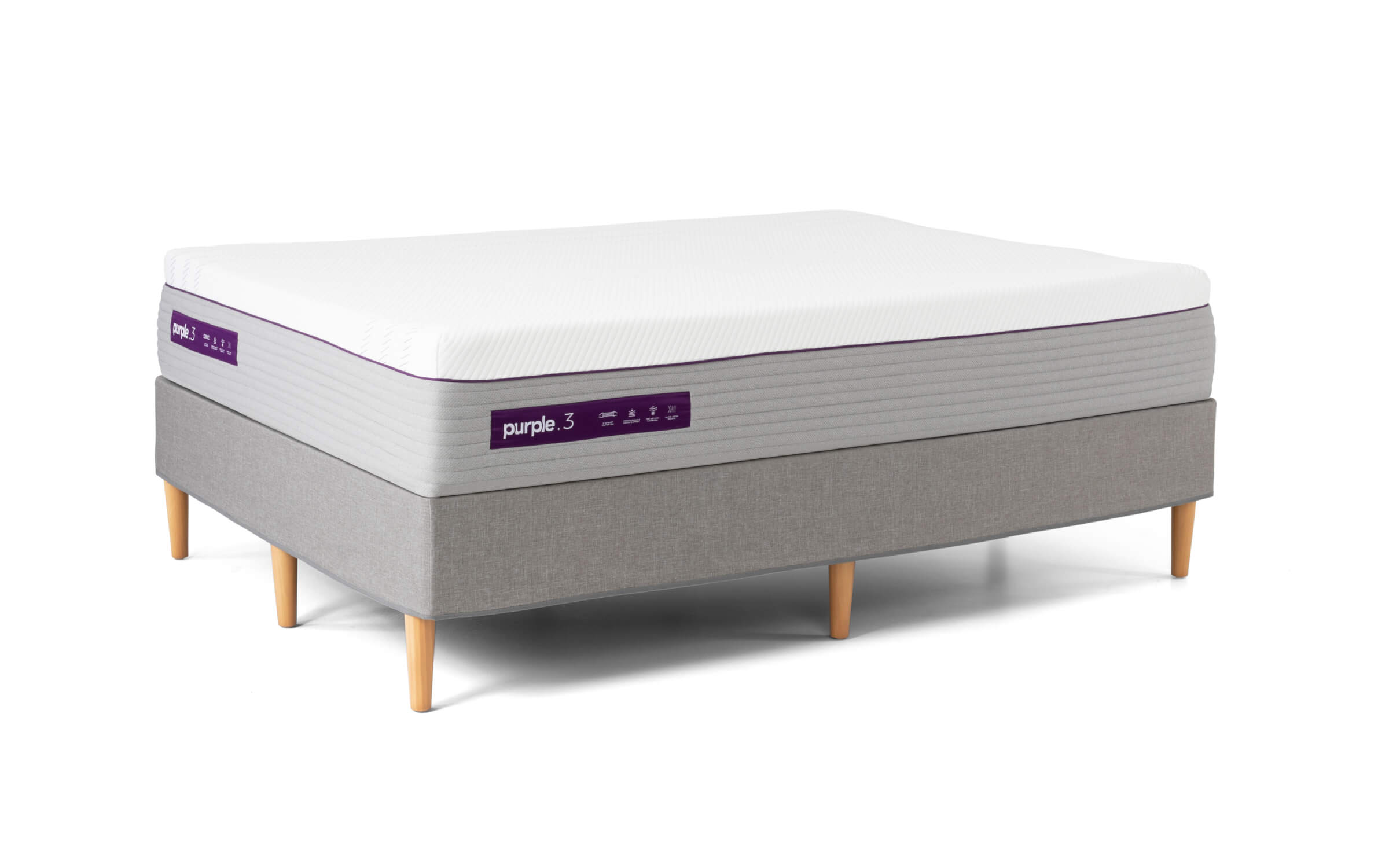Core Cooling Pillow Covers | Slumber Cloud® – Slumber Cloud
Mini spacesuits for your pillows. Designed to zip over your current pillows, these covers automatically adapt to temperature changes to maintain cool comfort throughout the night. These state-of-the-art pillow covers incorporate layer upon layer of proprietary Outlast® temperature regulating fabric so you are always sleeping on the cool side.
Even the hottest of sleepers can stay cool and comfortable all night long. With two layers of Outlast® fabric, these cooling pillow covers will help keep your head at the perfect temperature all night while complementing the other components of your Slumber Cloud sleep system.
- One set includes 2 pillow covers
- 300 thread count – 40% NASA-approved Outlast® viscose / 60% cotton top cover for peak breathability and temperature-regulation
- Proprietary Outlast® lining fabric for maximum heat management and added comfort
- Okeo-Tex Standard 100 Certified Technology
Outlast® technology is a unique material capable of maintaining and regulating your temperature. As your skin temperature increases, the technology absorbs heat, then releases it when your skin temperature drops, so you sleep “just right.”
Our premium lining fabric takes a proactive approach by employing active temperature control properties, versus other “cooling” bedding that is moisture-wicking and simply reactive.
Outlast® materials improve comfort for:
Anyone looking for a more comfortable night’s sleep – they’ll sleep cooler!
Women experiencing menopause – hot flashes and resulting night sweats are reduced so they sleep cooler and drier.
Thermally incompatible couples – individuals sleep at their own ideal temperature
We pass on everything we learn to our customers. From sleep studies to new technologies, we want to help you make informed decisions about your sleep.






by Michele
These pillow covers work wonders on my neck. nice and cool throughout the night.
by Kyle
Great material. Very comfortable and cool.
by Christopher
This pillow cover makes any pillow feel ice cold. My son(2) and myself (45) are head sweaters. With these covers, no more! Love the product so much purchased sheets 2 weeks later.
by Sue
It delivered exactly what the ad said. I love this pillow.